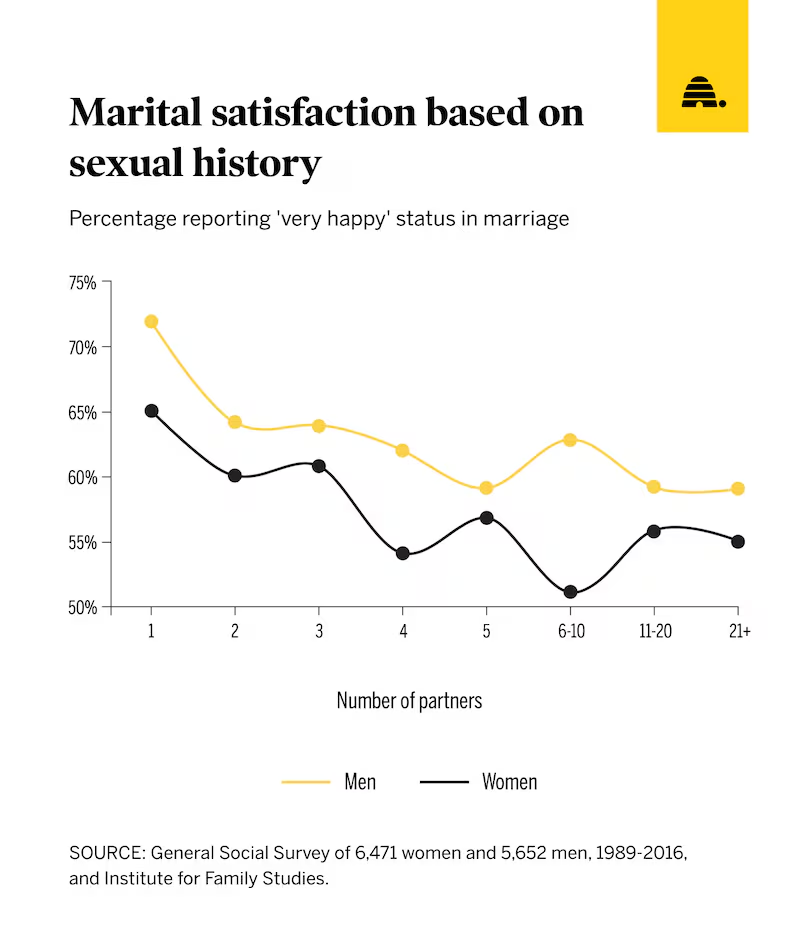Yearly Archives: 2025
(Page 3)Deseret News on Polygamy
The Audacity The recent Deseret News opinion piece condemning polygamy and polyamory as a “direct threat to kids” and insisting that “monogamy ought to remain our social ideal” is dripping with irony. For a newspaper owned by the LDS Church to rail against the supposed dangers of polygamy—without mentioning their own history as America’s largest …
Joseph Smith’s Most Arrogant Boast
In the History of the Church, Vol. 6, Joseph Smith made an arrogant claim: I have more to boast of than ever any man had. I am the only man that has ever been able to keep a whole church together since the days of Adam. A large majority of the whole have stood by …





Joseph Smith’s Polygamy Denials: Carefully Worded Lies, Loopholes, and Lasting Damage
One of the most unsettling aspects of Mormon history is the secret practice of polygamy. Joseph Smith publicly denied practicing polygamy while secretly marrying between 30 and 40 women, including teenagers and other men’s wives, as the church’s published essay confirms (in a footnote). The exact number of women to whom he was sealed in …
![Rumors prompted members and leaders to issue carefully worded denials that denounced spiritual wifery and polygamy but were silent about what Joseph Smith and others saw as divinely mandated “celestial” plural marriage. [Footnote: In the denials, “polygamy” was understood to mean the marriage of one man to more than one woman but without Church sanction.] LDS Church Website, Gospel Topics Essays: Plural Marriage in Kirtland and Nauvoo | wasmormon.org](https://i0.wp.com/wasmormon.org/wp-content/uploads/2025/09/Joseph-Smith-Wives-rumors-propmted-leaders-to-issue-carefully-worded-denials-polygamy-intended-marriage-of-one-man-to-more-than-one-woman-without-church-sanction.jpg?fit=640%2C640&ssl=1)
![The statements emphasized that the Church practiced no marital law other than monogamy while implicitly leaving open the possibility that individuals, under direction of God’s living prophet, might do so. [Footnote: See, for example, “On Marriage,” Times and Seasons, Oct. 1, 1842, 939–40; and Wilford Woodruff journal, Nov. 25, 1843, Church History Library, Salt Lake City; Parley P. Pratt, “This Number Closes the First Volume of the ‘Prophet,’” The Prophet, May 24, 1845, 2. George A. Smith explained, “Any one who will read carefully the denials, as they are termed, of plurality of wives in connection with the circumstances will see clearly that they denounce adultery, fornication, brutal lust and the teaching of plurality of wives by those who were not commanded to do so” (George A. Smith letter to Joseph Smith III, Oct. 9, 1869, in Journal History of The Church of Jesus Christ of Latter-day Saints, Oct. 9, 1869, Church History Library, Salt Lake City).] LDS Church Website, Gospel Topics Essays: Plural Marriage in Kirtland and Nauvoo | wasmormon.org](https://i0.wp.com/wasmormon.org/wp-content/uploads/2025/09/Joseph-Smith-wives-church-statements-on-monomamy-but-left-open-possibliity-prophet-might-not.jpg?fit=640%2C640&ssl=1)
Mormon Leadership On Women
The LDS or Mormon Church has long articulated clear and restrictive expectations for women. Framed as divinely inspired guidance, these teachings portray a woman’s highest calling as homemaking, motherhood, and submission to traditional gender roles. While many women in the church find meaning in family life, the rigid and one-dimensional framework leaves little room for …
Joseph Smith’s “Coherent and Well-Worded Letter”
The Gospel Topic Essay on the Book of Mormon translation quotes Emma Smith stating, “Joseph Smith could neither write nor dictate a coherent and well-worded letter,” let alone dictating a book like the Book of Mormon. This is a very common refrain from apologists. They want to use Joseph’s lack of education and ignorance as a …
Continue reading “Joseph Smith’s “Coherent and Well-Worded Letter””










![The young man, however, had very little formal education and was incapable of writing a book on his own, let alone translating an ancient book written from an unknown language, known in the Book of Mormon as “reformed Egyptian.” Joseph’s wife Emma insisted that, at the time of translation, Joseph “could neither write nor dictate a coherent and well-worded letter, let alone dictat[e] a book like the Book of Mormon.” - LDS Church, Gospel Topics Essays: Book of Mormon Translation | wasmormon.org](https://i0.wp.com/wasmormon.org/wp-content/uploads/2025/09/Gospel-Topics-Essay-Book-of-Mormon-translation-Joseph-little-formal-education-and-incapable-of-writing-a-book-on-his-own.jpg?fit=1200%2C1200&ssl=1)











